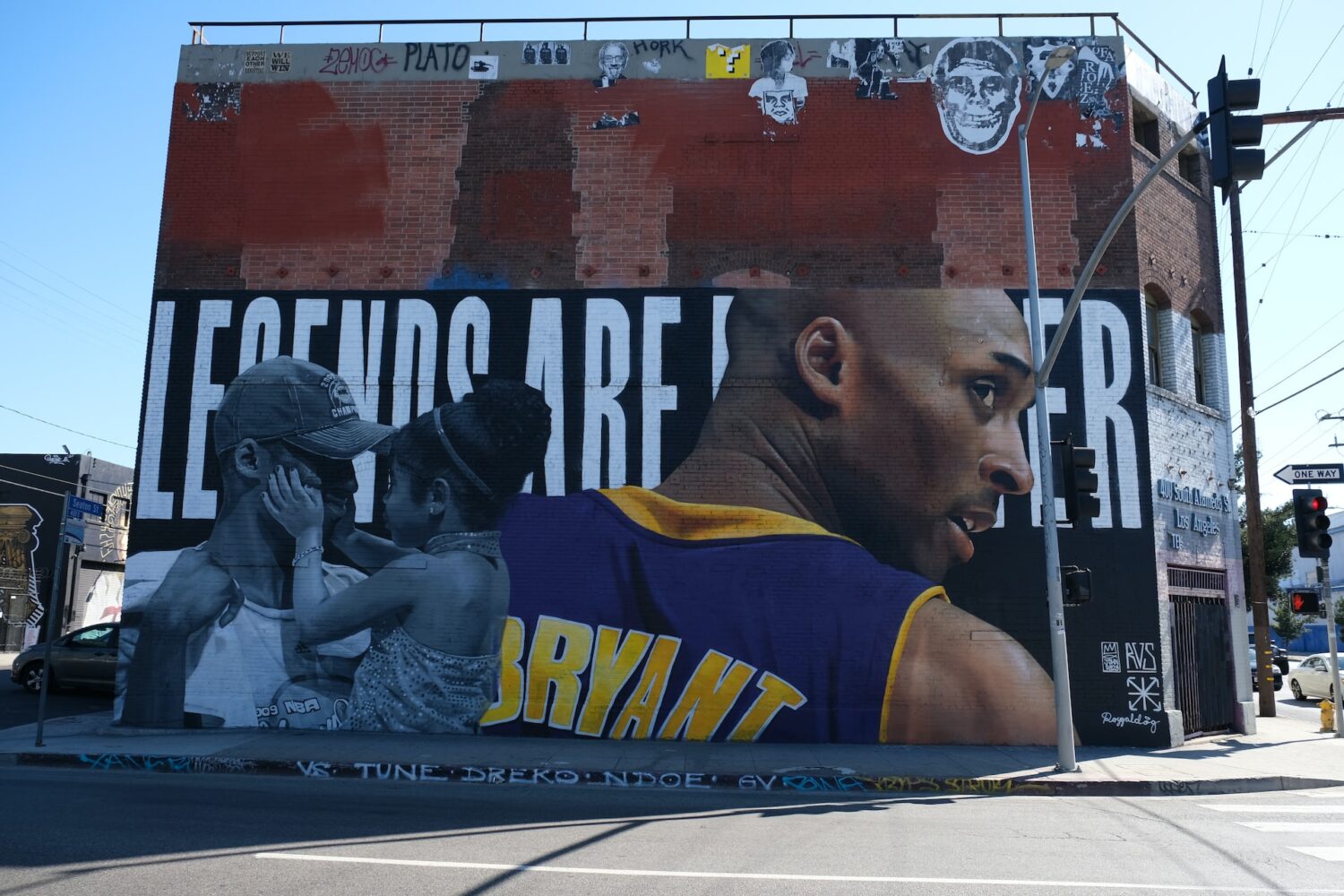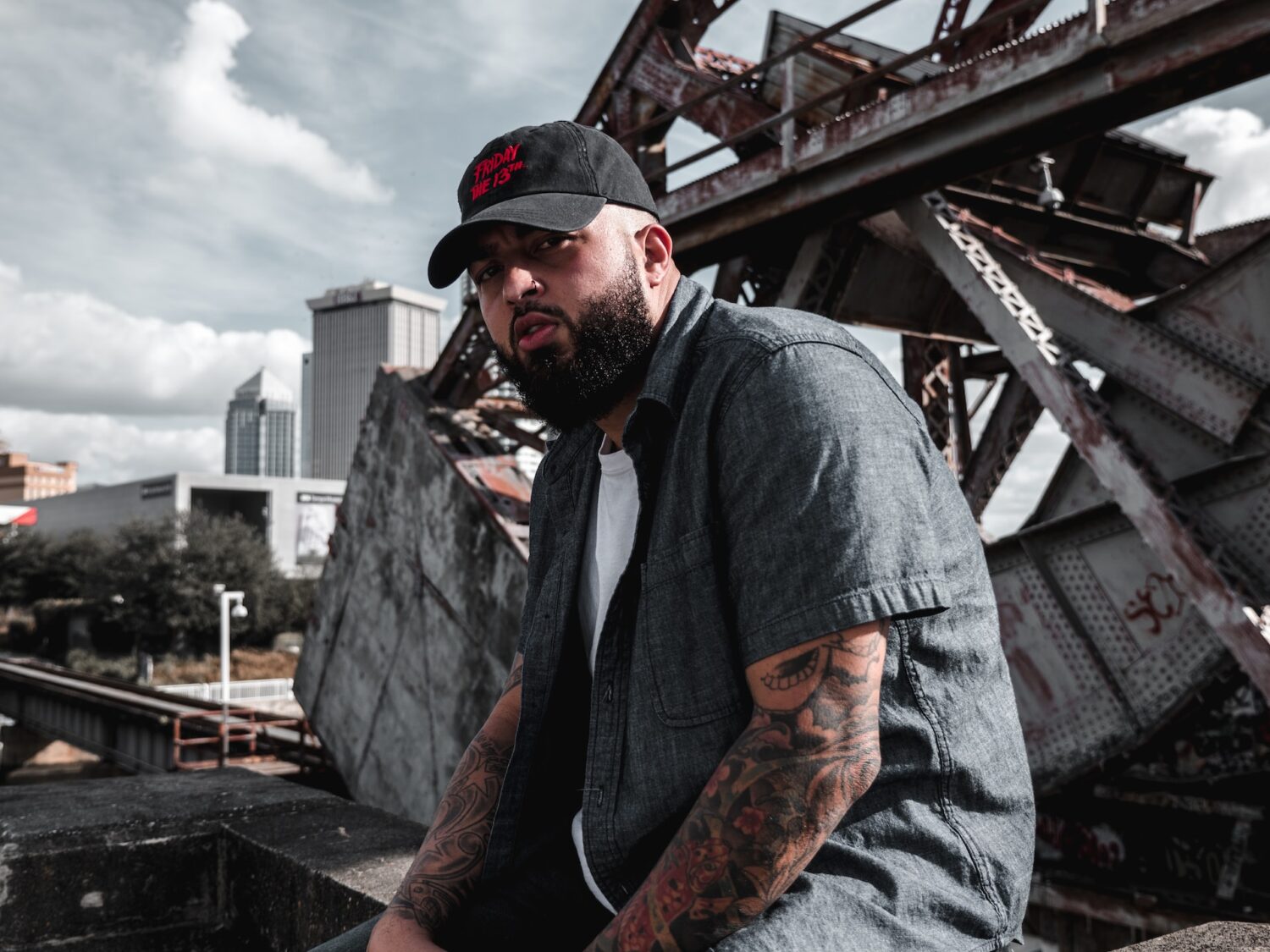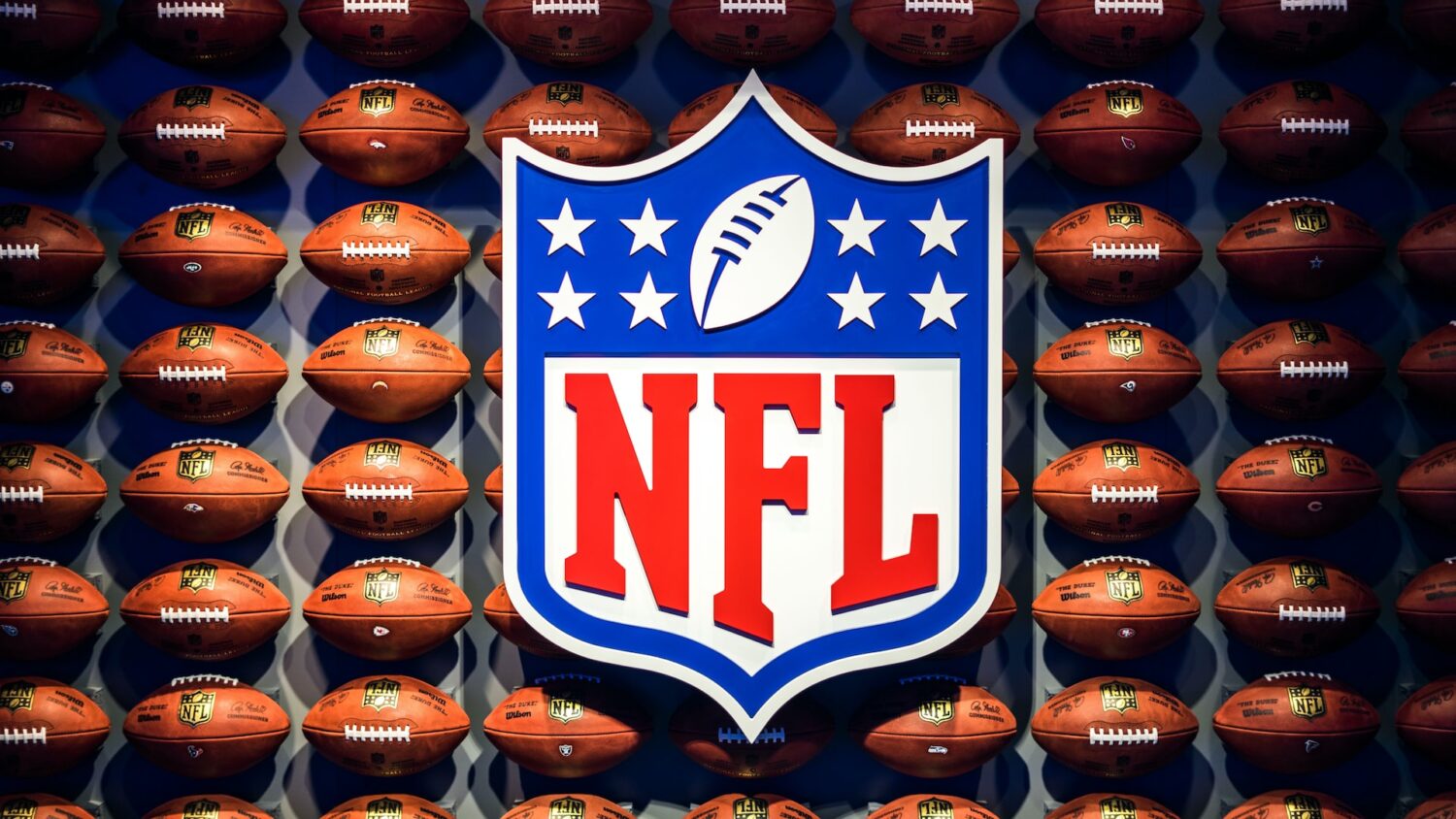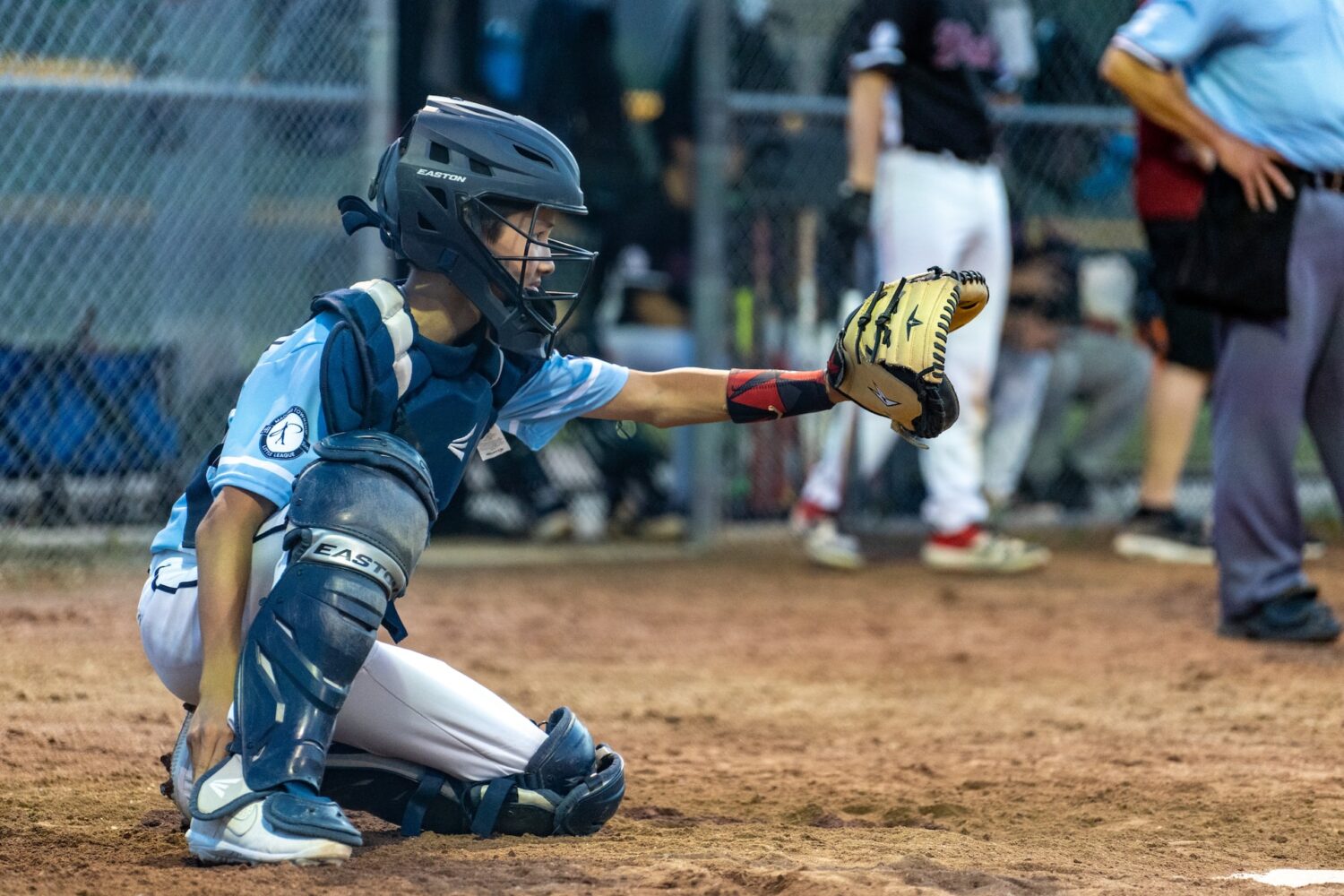We all know the pain and agony that comes with fighting a disease. We may have experienced it ourselves or watched one of our loved ones fight it. Some of these diseases you can’t cure, and people spend their entire lives worrying that the pain may come back, wondering how it will affect their bodies.
Diseases don’t discriminate. They come after the rich and the poor, the old and the young. Many of our favorite athletes are also battling some of the same conditions, and for them, the most minor disease can cost them their career. Athletes have to be in top physical fitness, anything that may hinder that is a threat. Illnesses may scare off teams who don’t know much about the disease or how it may affect the athlete in the years to come.
Players who are able to overcome their diseases and differences and have a successful career are an inspiration and proof that illness doesn’t have to limit us. Here are just a few players who were able to do just that.
Steve Nash

One of the greatest point guards to ever play the game suffered from a rare congenital condition called spondylolisthesis – a forward vertebral slippage which is related to a birth defect. Some of the symptoms include lower back pain and weakness in the legs. Spondylolisthesis is usually acquired later in life because of old age or an injury. But Nash was born with it, and it plagued him throughout most of his career and is the reason he would lay down on the court when he was resting instead of sitting on the bench with his teammates. He was able to overcome the hurdles spondylolisthesis threw at him by working with physiotherapist Rick Celebrini, who helped him correct physical movements.
Nash eventually sat out during the 2014-15 season due to nerve damage in his back and announced his retirement in March, 2015.
Tim Howard

Tim Howard became a household name around the world during the 2014 World Cup, when he made 16 saves against Belgium, a World Cup record. The famed goalkeeper has been very open about his battle with Tourette Syndrome, which the Tourette Association of America defines as a “neurodevelopmental disorder that becomes evident in early childhood or adolescence. It is part of the spectrum of Tic Disorders and is characterized by motor and vocal tics.”
Howard has previously said that schooling was hard for him, and it was easier on the field, because “When I play I can let loose because I don’t have to worry when a tic or twitch happens.” The 37-year-old says he has a much harder time controlling it now that he’s in a broadcasting booth than when he was on the field.
As a child, Howard spent a lot of time dispelling myths around Tourette, something he continue to do, while proving that someone with TS can have a successful career on the pitch and in the broadcasting booth.
Ryan Clark

Ryan Clark almost died in 2007. The former NFL safety suffers from sickle cell trait, a genetic blood disorder that can affect red blood cells and almost resulted in his death while playing in Denver. Most people who have sickle cell trait don’t experience any issues, but while playing against the Broncos, Clark felt a sharp pain under his ribs. The first time it happened in 2005, doctors thought it was a bruised spleen, the next time it happened two years later, he almost died. The high altitudes in Denver caused complications to his sickle cell.
Clark was sick for a month, and was sure he would not survive. He eventually had both his spleen and gall bladder removed and in 2008 he returned to play football. Clark never returned to play in Denver.
He launched Ryan Clark’s Cure League, to raise money for research, care and to raise awareness.
LaMarcus Aldridge

The NBA All-Star suffers from Wolff-Parkinson-White syndrome, “a condition in which there is an extra electrical pathway in the heart. The condition can lead to periods of rapid heart rate.”
Aldridge was diagnosed with the syndrome during his rookie year in 2007, and had to sit out for the remainder of the season. In 2011 he missed playing time, but only two weeks, to have a procedure to treat heart tissue. This past season, 2016-17, Aldridge was again forced to the sidelines because of his heart. At first the San Antonio Spurs said the forward would be out indefinitely, but he was cleared by doctors just a few days later and returned to the hardwood.
Venus Williams

In 2011, the tennis star revealed that she suffers from Sjogren’s syndrome, “a systemic autoimmune disease that affects the entire body.” According to the Sjogren’s Syndrome Foundation, symptoms include extensive dryness, profound fatigue, chronic pain, major organ involvement, neuropathies and lymphomas. Symptoms that would hinder anyone, but imagine what they do to a professional athlete whose career revolves around physical activity.
The Syndrome forced Williams to withdraw from the 2011 US Open. She has since changed her exercise routine, adopted a vegan diet and is learning to live and play with the syndrome.
Larry Nance, Jr.
Larry Nance Jr.’s NBA career nearly ended before it even began. The 24-year-old was diagnosed with Crohn’s disease when he was 16 years old, and found himself in an awkward position during the Rookie Transition Program: raising his hand to ask if he can he take steroids. Nance occasionally has to take steroids if inflammation occurs due to the disease and he receives a medicine called Remicade approximately every two months to control it.
Fortunately, since his rookie season in 2015-16, Nance realized that managing Crohn’s was easier than he expected, saying “the Lakers have gone above and beyond to make sure that [he’s] in good hands and comfortable.” He is now working to inspire others who are battling the illness, and wrote in The Cauldron he hopes to “help any future basketball players who enter the NBA while battling an autoimmune disease. Now that you know that you can take medically necessary steroids, you don’t have to raise your hand and ask that question on the equivalent of the NBA’s first day of school. I have you covered.”













